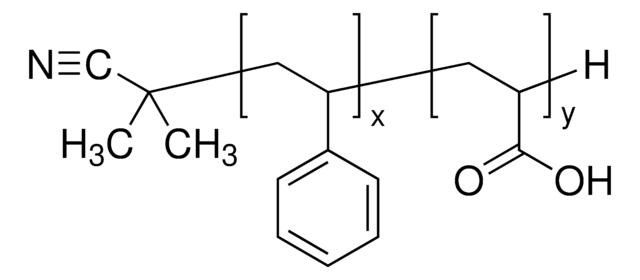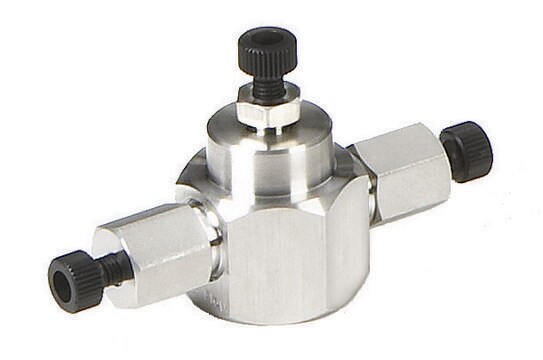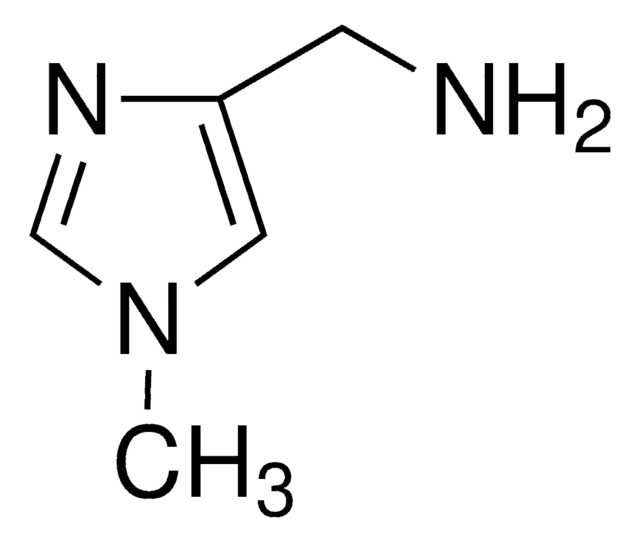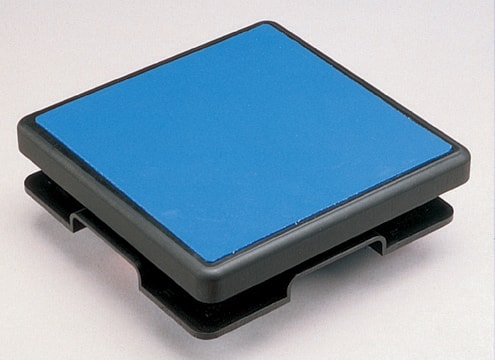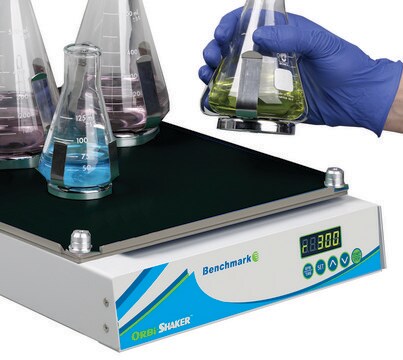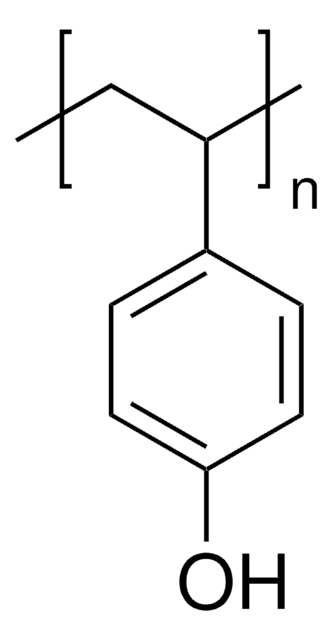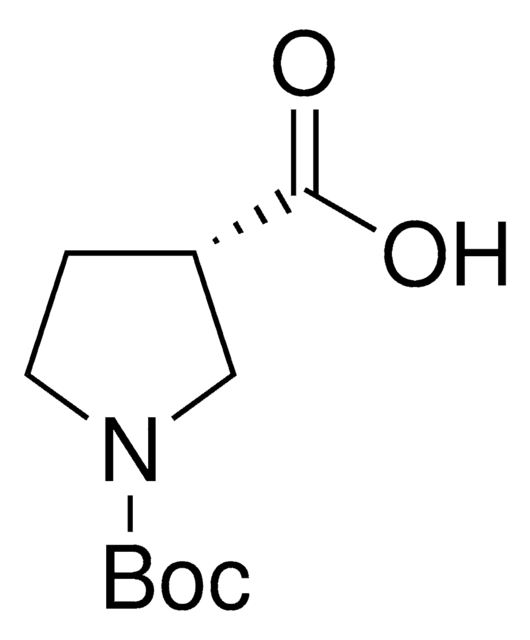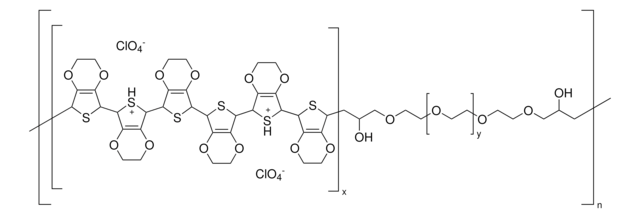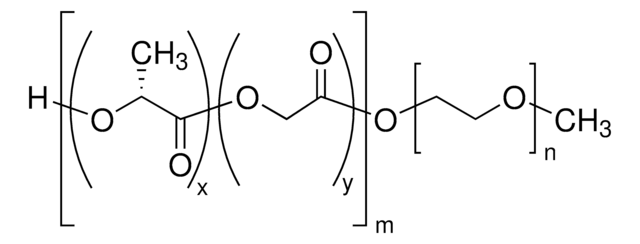735817
Polypyrrole-block-poly(caprolactone)
0.3-0.7 wt. % (dispersion in nitromethane), contains p-toluenesulfonate as dopant
Synonym(s):
Biotron PP-NM, PCL-block-PPy
About This Item
Recommended Products
form
liquid (dispersion)
Quality Level
contains
p-toluenesulfonate as dopant
composition
Biotron PP polymer, 0.3-0.7 wt. %
ethanol, 4-8 wt. %
nitromethane, 90-95 wt. %
concentration
0.3-0.7 wt. % (dispersion in nitromethane)
conductivity
10-40 S/cm (bulk)
General description
Average transmittance: 70-90%
Biodegradble conducting polymer for bomedical applications. PCL diol blocks have average molecular weight 2000 and PPy block have an average molecular weight of 4000 with a 25% doping level. Good biocompatibility with expected weight loss of 40% at 200 days in pH=7 buffer.
Application
Features and Benefits
Caution
Other Notes
Legal Information
Signal Word
Danger
Hazard Statements
Precautionary Statements
Hazard Classifications
Acute Tox. 4 Inhalation - Acute Tox. 4 Oral - Carc. 2 - Flam. Liq. 2 - Repr. 2
Storage Class Code
3 - Flammable liquids
WGK
WGK 2
Flash Point(F)
66.9 °F
Flash Point(C)
19.4 °C
Choose from one of the most recent versions:
Already Own This Product?
Find documentation for the products that you have recently purchased in the Document Library.
Customers Also Viewed
Biomedical Applications
Articles
The application of conducting polymers at the interface with biology is an exciting new trend in organic electronics research.
Optoelectronic devices such as light-emitting diodes (LEDs), solar cells, and light-emitting field effect transistors (FETs) that utilize organic materials as their light harvesting and/or charge transporting component have been the subject of much academic and commercial attention.
Professor Chen (Nankai University, China) and his team explain the strategies behind their recent record-breaking organic solar cells, reaching a power conversion efficiency of 17.3%.
For several decades, the need for an environmentally sustainable and commercially viable source of energy has driven extensive research aimed at achieving high efficiency power generation systems that can be manufactured at low cost.
Our team of scientists has experience in all areas of research including Life Science, Material Science, Chemical Synthesis, Chromatography, Analytical and many others.
Contact Technical Service
